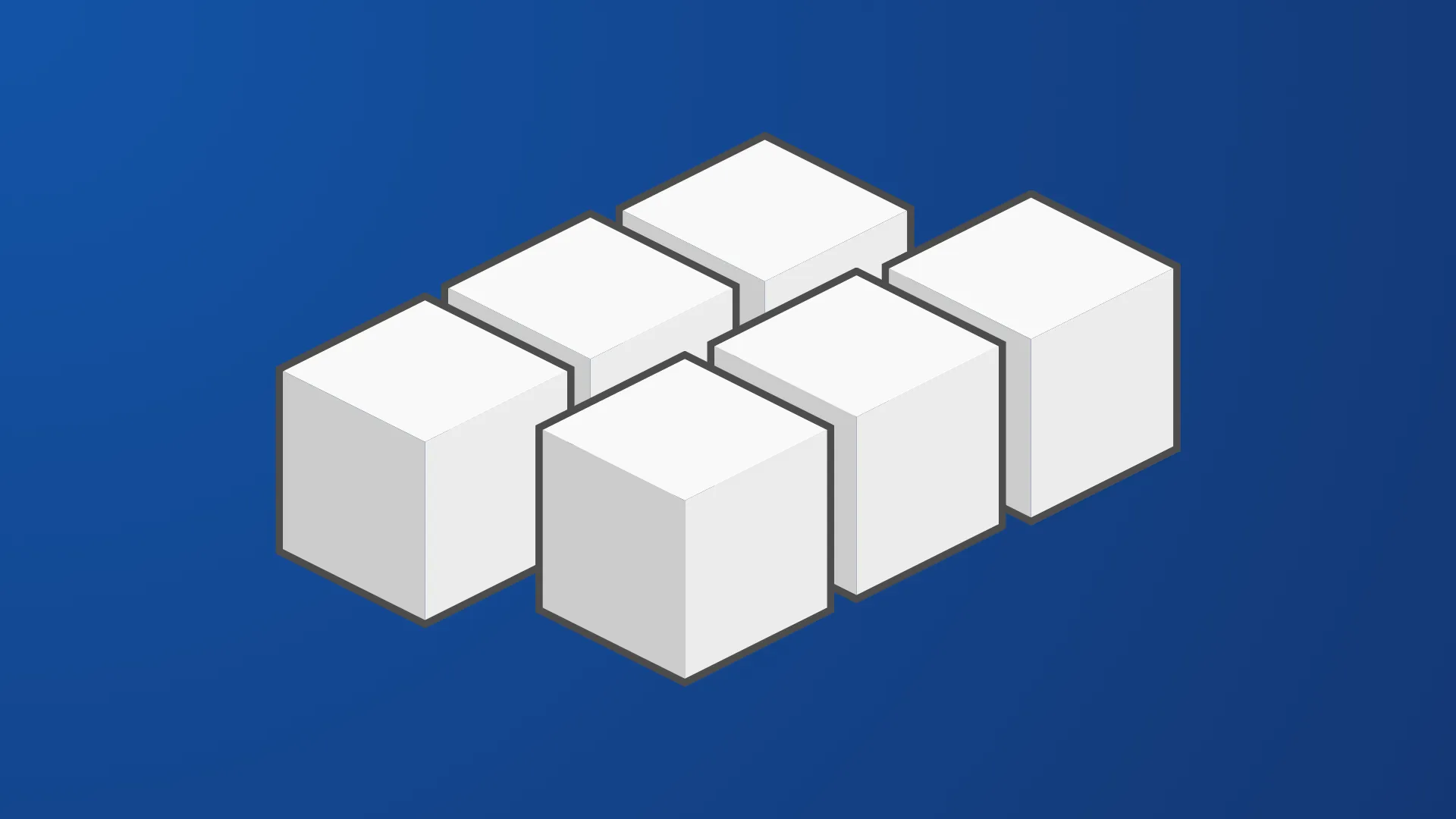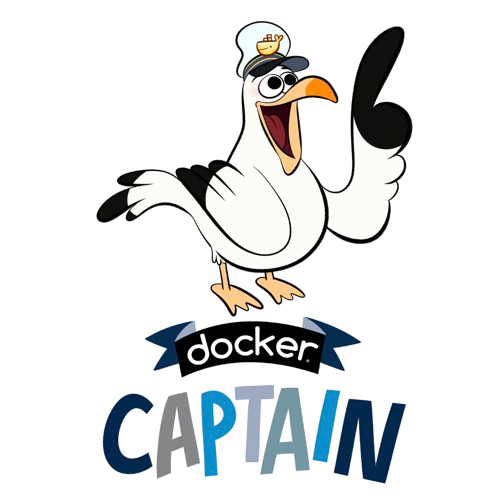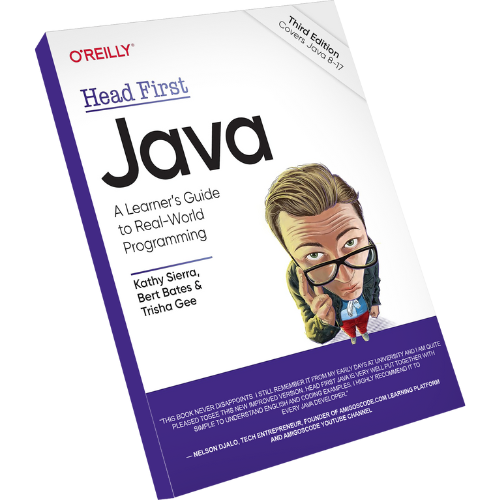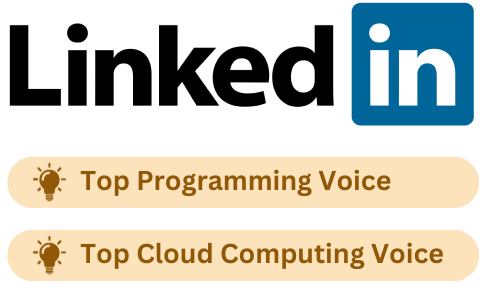For Java & Spring Developers
Microservices & Distributed Systems
Master everything you need with this comprehensive bundle
Stop duct-taping REST endpoints together. This bundle gives you the full operating system for shipping resilient Spring Boot microservices—service discovery, API gateways, event-driven communication, observability, deployments, and production readiness—without spending months guessing.
Join 100,000+ other developers

Bundle in production — join the waiting list for early access.

Josh Long
Spring Developer Advocate
"Amigoscode does a pretty darned good job, and consistently too, covering Spring and for that, I'm very appreciative!"
I've Been There
Does This Sound Like You?
Every new service means copy-pasting configs, praying Eureka works, and breaking everything during deployments.
You bolted on an API gateway but you’re still manually routing traffic, handling retries, and panicking when latency spikes.
Databases are a disaster—shared schemas, no migrations, and zero consistency once services start talking.
Messaging is a buzzword until you have to implement Kafka and your team freezes because no one understands topics, partitions, or contracts.
You have zero observability. When prod goes down you're diffing logs in multiple terminals hoping to spot the issue.
Compliance teams want diagrams and SLAs, and all you have is a whiteboard photo and Postman collection.
Courses Included
Courses Included in This Bundle
Get access to all these courses when you purchase this bundle
Testimonial
Trusted by Industry Experts

Josh Long
Spring Developer Advocate
Amigoscode does a pretty darned good job, and consistently too, covering Spring and for that, I'm very appreciative!
Real Developers, Real Impact
Hear How Amigoscode Helped Our Students Thrive
Enroll Now
You've Spent Months Figuring This Out, Now Let Me Show You How to Build Software Like a Pro
Microservices & Distributed Systems
Hands-down the best thing you'll buy this year
Coming Soon
Join the waiting list to get early access and launch bonuses.

Josh Long
Spring Developer Advocate
"Amigoscode does a pretty darned good job, and consistently too, covering Spring and for that, I'm very appreciative!"
Extra bonuses
Trusted by 100,000+ developers worldwide:










FAQs
Got Questions? We've Got Answers!
See how our students are achieving their goals and excelling in tech
We're Featured on
Discover the platforms, publications, and communities where Amigoscode has been featured




Stop Wasting Time. Start your journey and get hired or promoted.
You've spent months watching tutorials, trying tools, and wasting time with outdated courses. You know enough to be dangerous. What you need now is someone to tell you: Here's the process. Follow this and get hired.